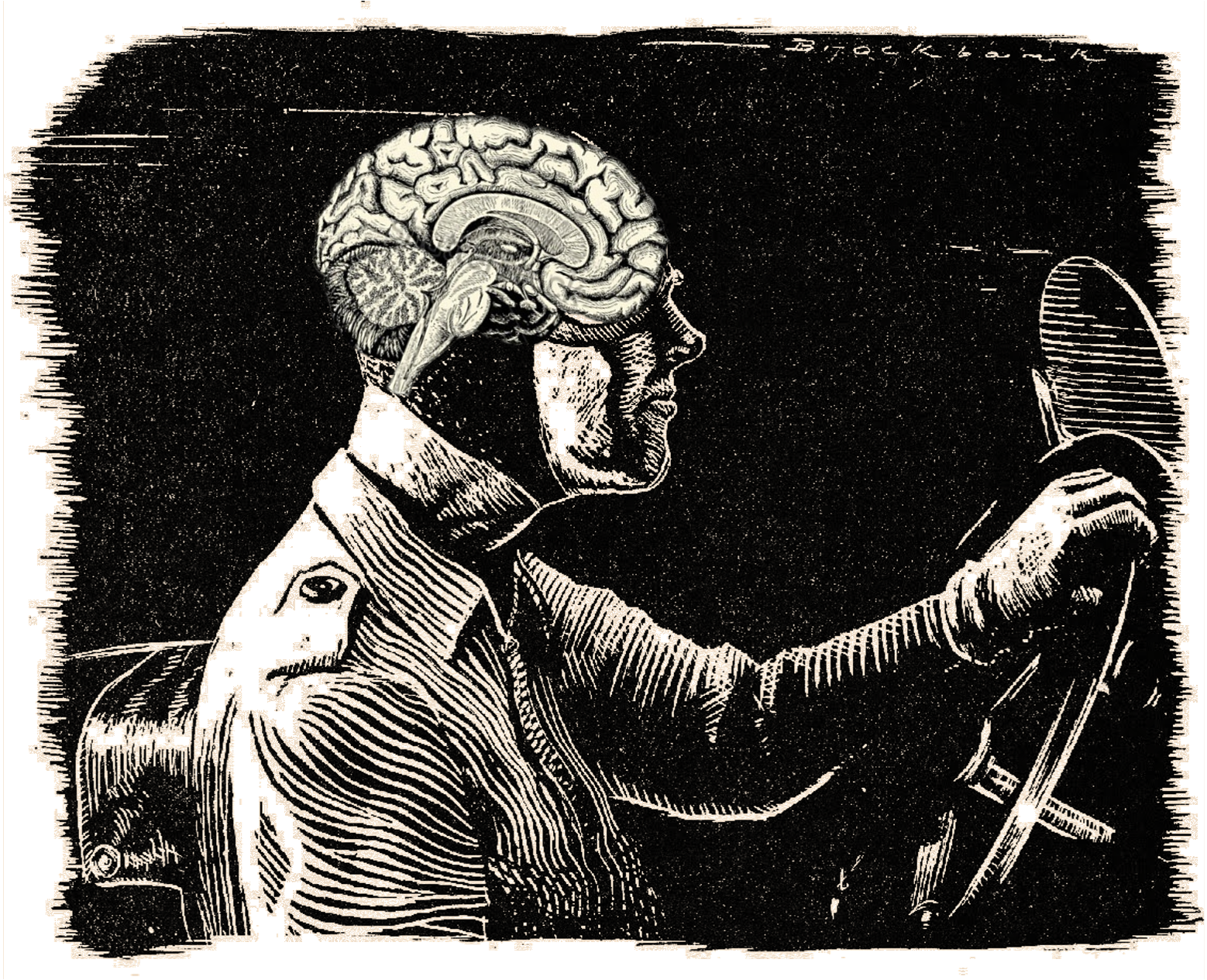
The brain is one of the most complex systems in the universe. While concepts from psychology or computer science can help us understand its function, they can also hinder us from meeting the brain "on its own terms". I use tools from philosophy and history of science to study concepts develop in research practice, and collaborate with neuroscientists to create better concepts to understand how the brain is organized.
Concepts for understanding brain organization
Ecolé Normale Supérieure, Paris, Chateau du Feÿ (Burgundy)
June 10-13 2024, co-organizer: Daniel Margulies (CNRS)
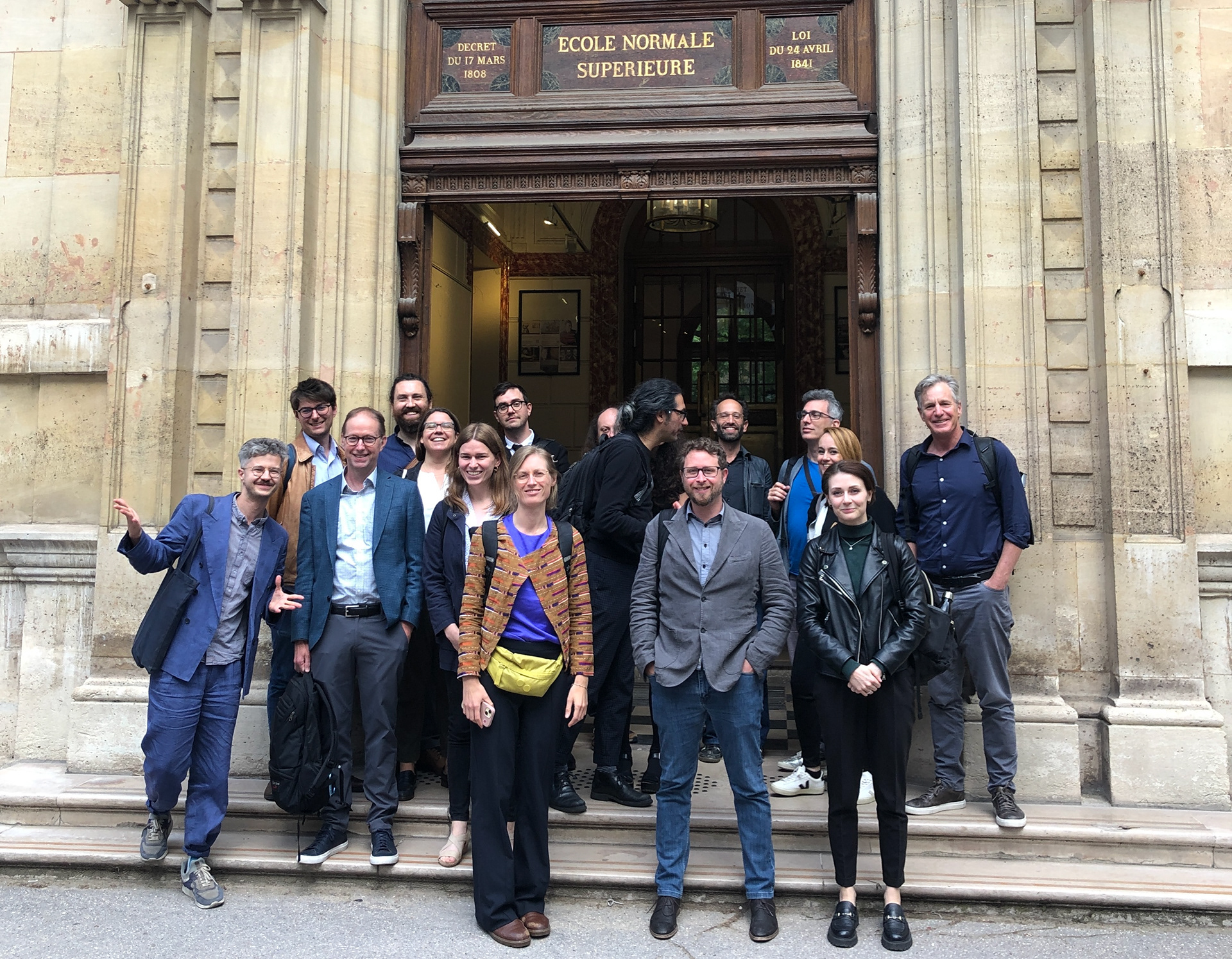
Speakers/participants at the ENS workshop
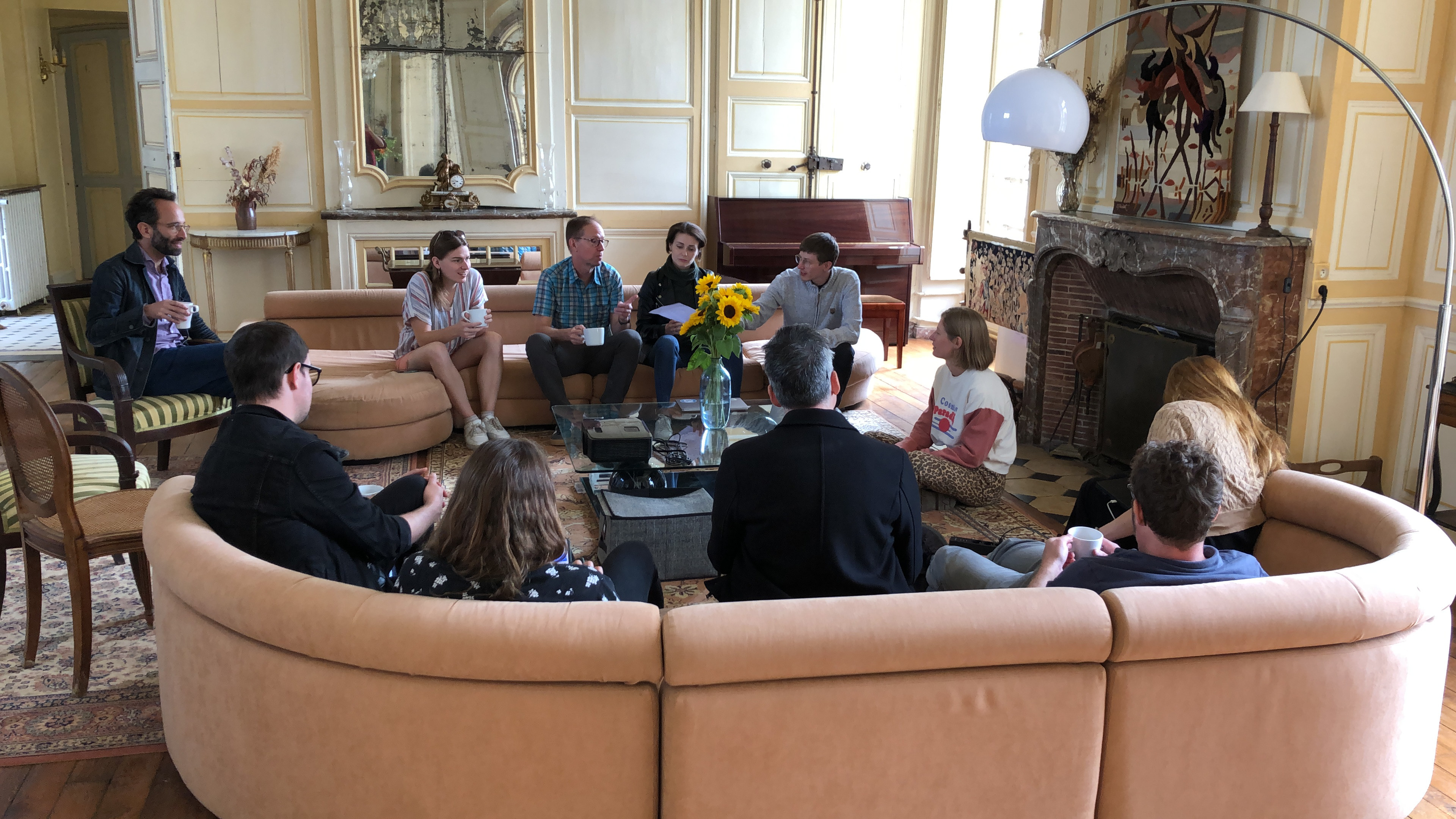
Group discussion at Chateau du Feÿ
This workshop brought together leading neuroscientists and philosophers of science to discuss how concepts of brain organization guide and constrain experimental and theoretical research. The workshop shed light on concepts (“network”, “gradient”, “context”, “neurocognitive architecture”) that are often presupposed in philosophical and neuroscientific debates. By discussing the prospects and limits of these concepts during an intense academic retreat, the workshop broke novel ground for interdisciplinary collaboration between brain researchers and philosophers of neuroscience.
Exploratory concept formation in neuroscience
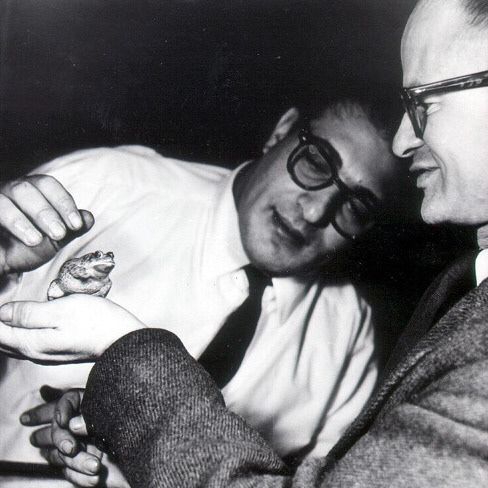
Leopard frog, J. Lettvin, W. Pitts
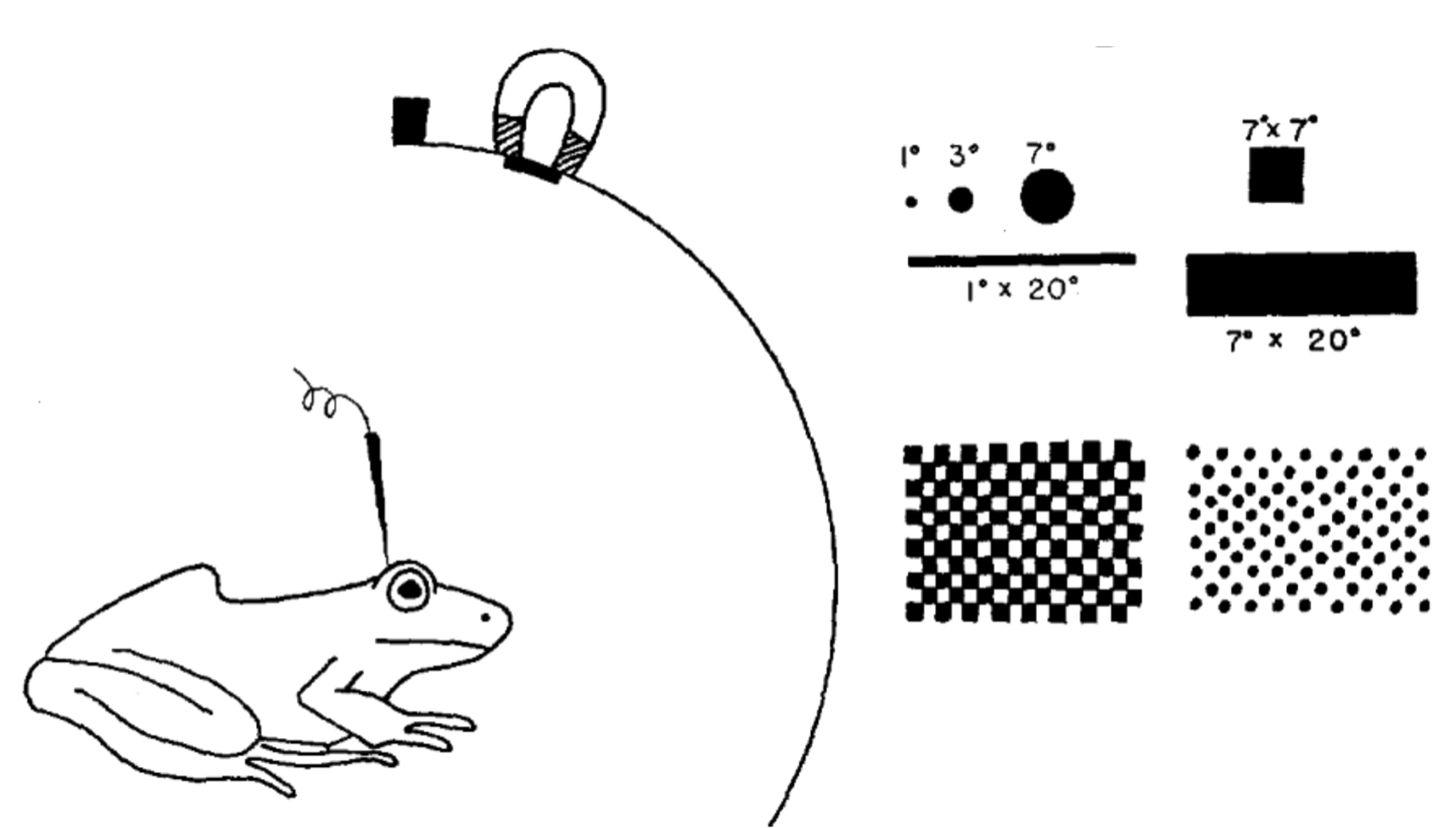
Lettvin's formation of "bug detector" revolutionized sensory physiology.
Historians and philosophers of science emphasize that experiments not always test theories, but can also be exploratory, e.g. by forming concepts to characterize previously unknown phenomena. In my dissertation and various papers in neuroscience and philosophy journals, I analyze historical and present episodes of exploratory concept formation in neuroscience, how it interacts with tool development and provide normative criteria when it succeeds or fails.
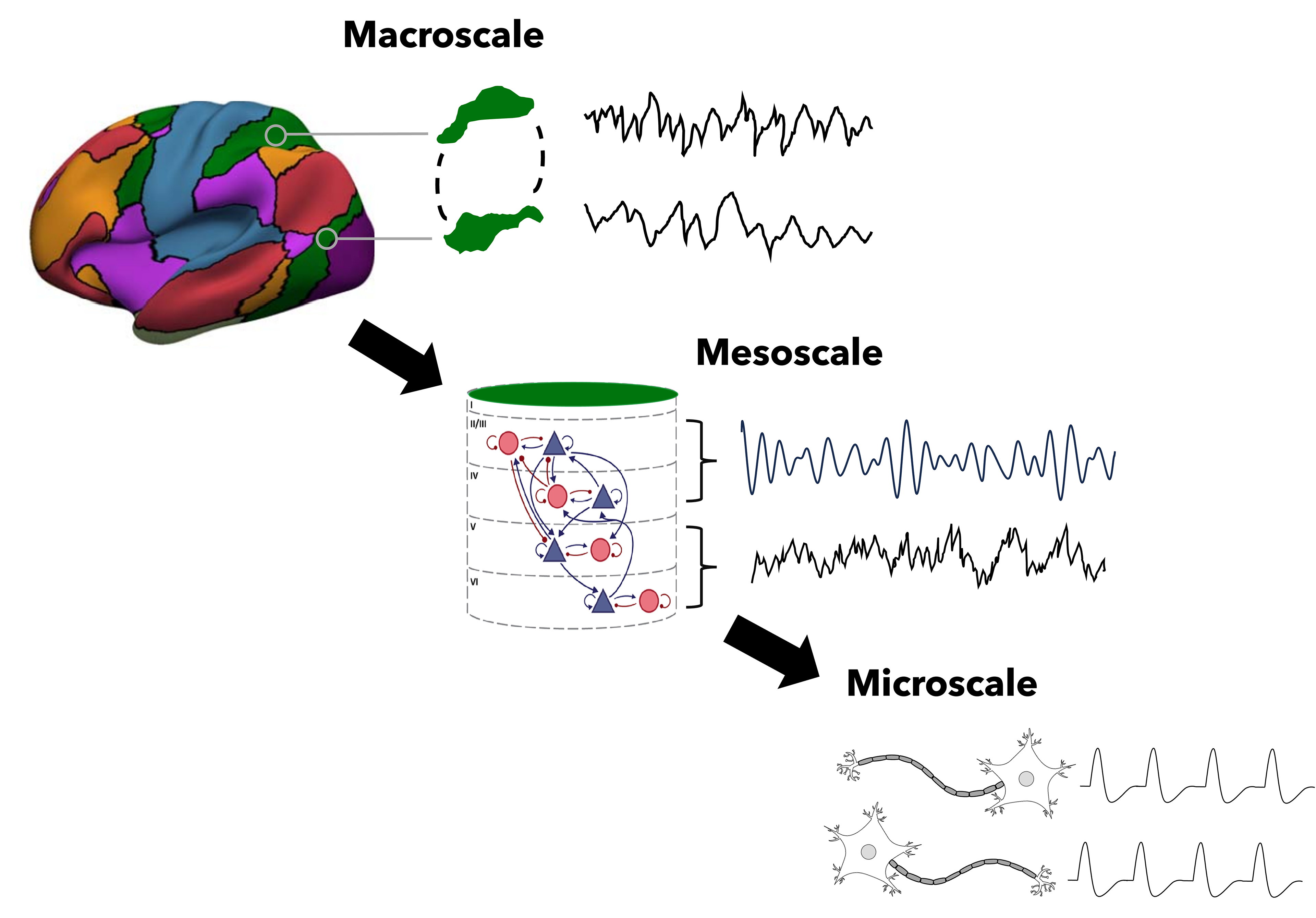
Multiscale brain organization: functionally connected networks, oscillating circuits and spiking neurons
The cortex exhibits continuous progressions ("gradients") of features at multiple length and time-scales. Neuroscientists recently started to link these gradients via multiscale modeling. I argue that these models need to take information at the mesoscale of cortical circuits into account, and that these models aim to describe and explore interscalar relations of brain organization, rather than explain particular phenomena which these relations enable.
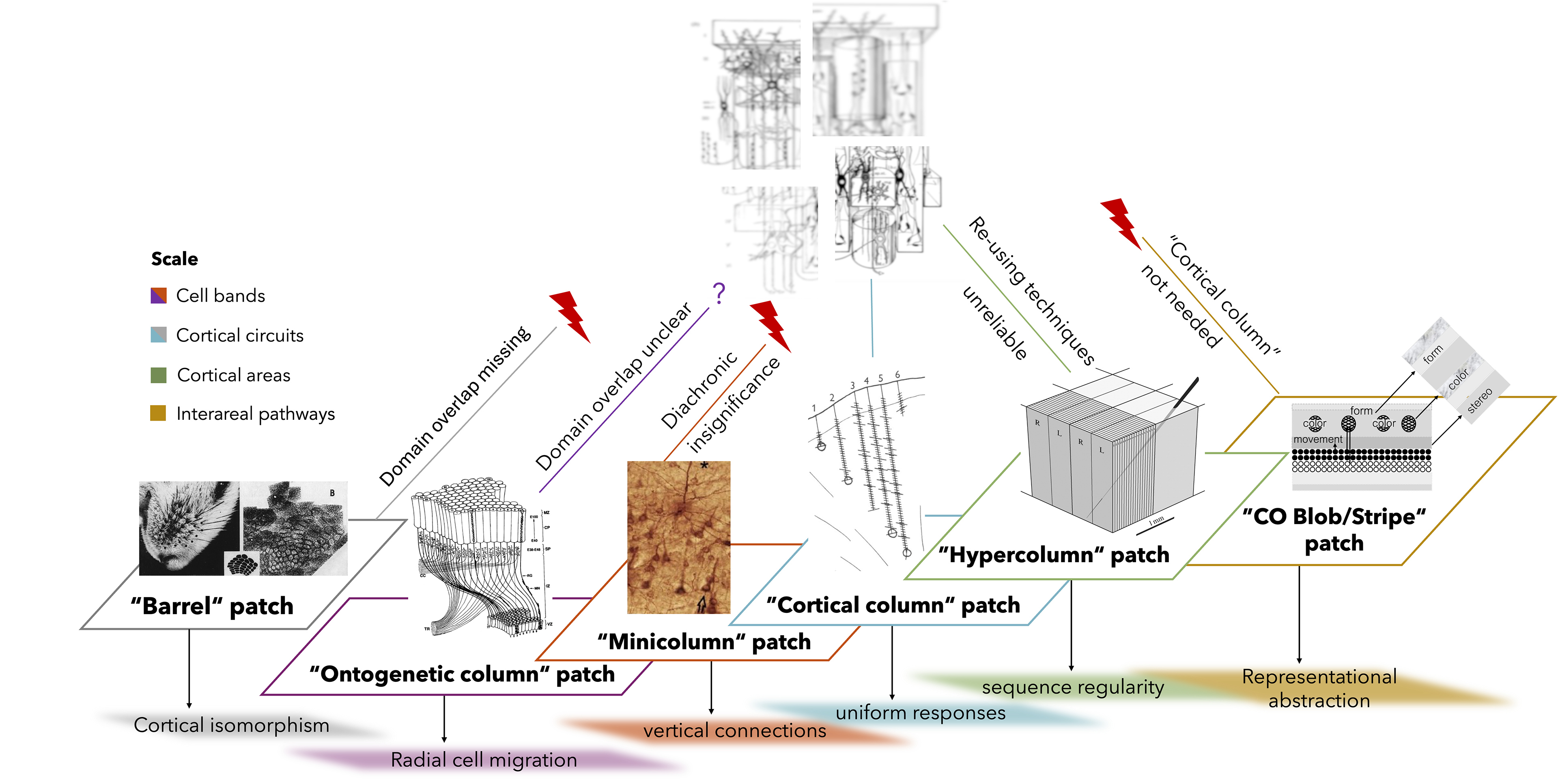
Patchwork model of "cortical column", displaying issues of using "column" patches to describe a cortical building block
The term "cortical column" describes vertical cortical structures with uniform functional response properties. Originally coined by V. Mountcastle in the 1950s, the concept has been extended to many cortical areas, leading to Nobel-Prize winning research by D. Hubel and T. Wiesel, and critics claiming that cortical columns are a structure without a function. I use a patchwork approach to analyze and evaluate the conceptual development of "cortical column". While this concept failed to describe a basic building block of the neocortex, researchers should retire it from ongoing practice rather than abandon it altogether.
Mechanistic inquiry as pattern recognition
Collaborator: Lena Kästner (Bayreuth)

The pattern account of mechanistic inquiry
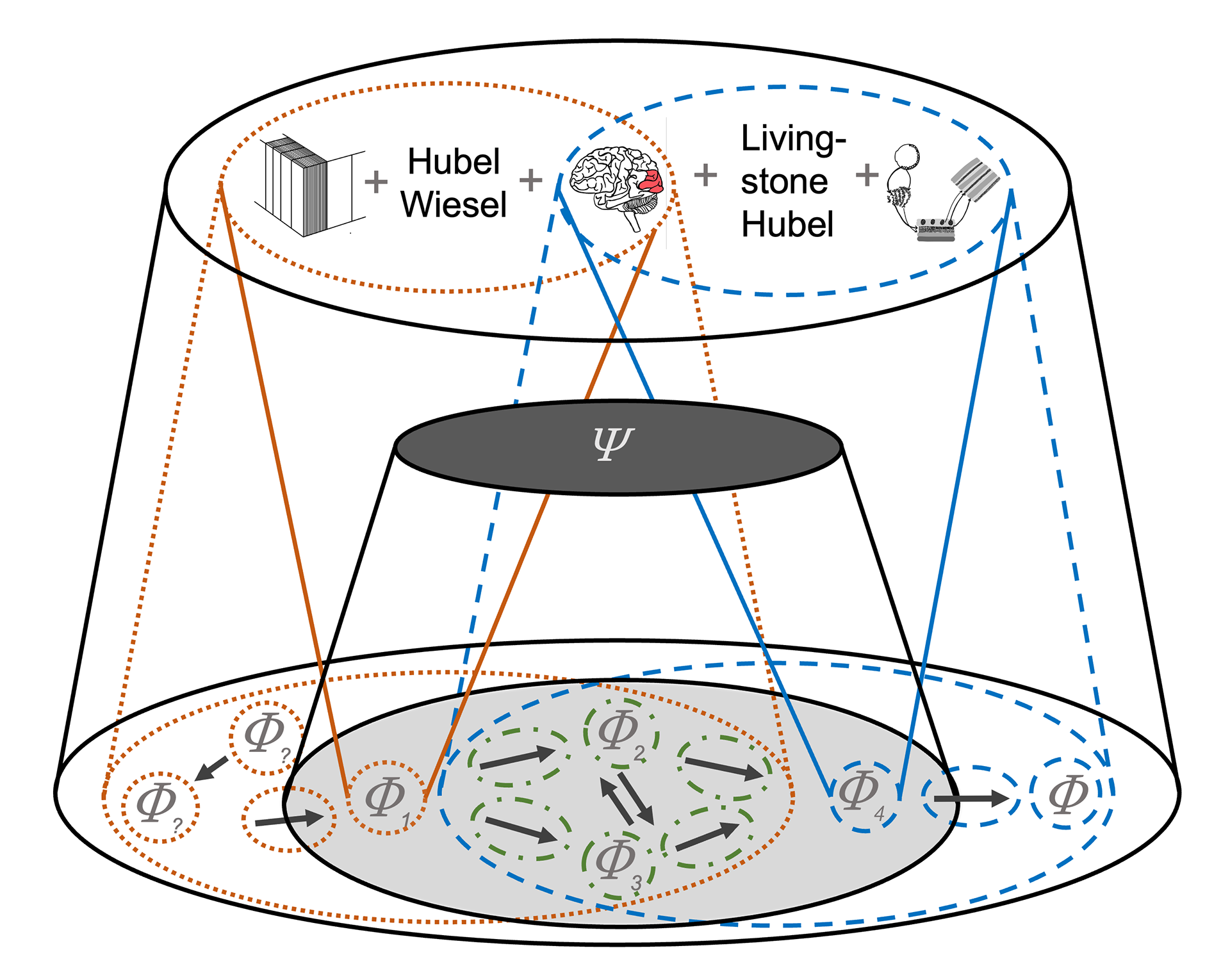
Pattern account of two models of visual processing
Drawing on John Haugeland's notion that real patterns are always both orderly arrangements and candidates for pattern recognition, we construe mechanistic inquiry as the search for ontic patterns that scientists recognize to make phenomena intelligible. Our pattern account shows that mechanistic inquiry is equally constrained by ontic and epistemic norms, and that it is rational for scientists to pursue both complementary and competing models of a mechanism at the same time.